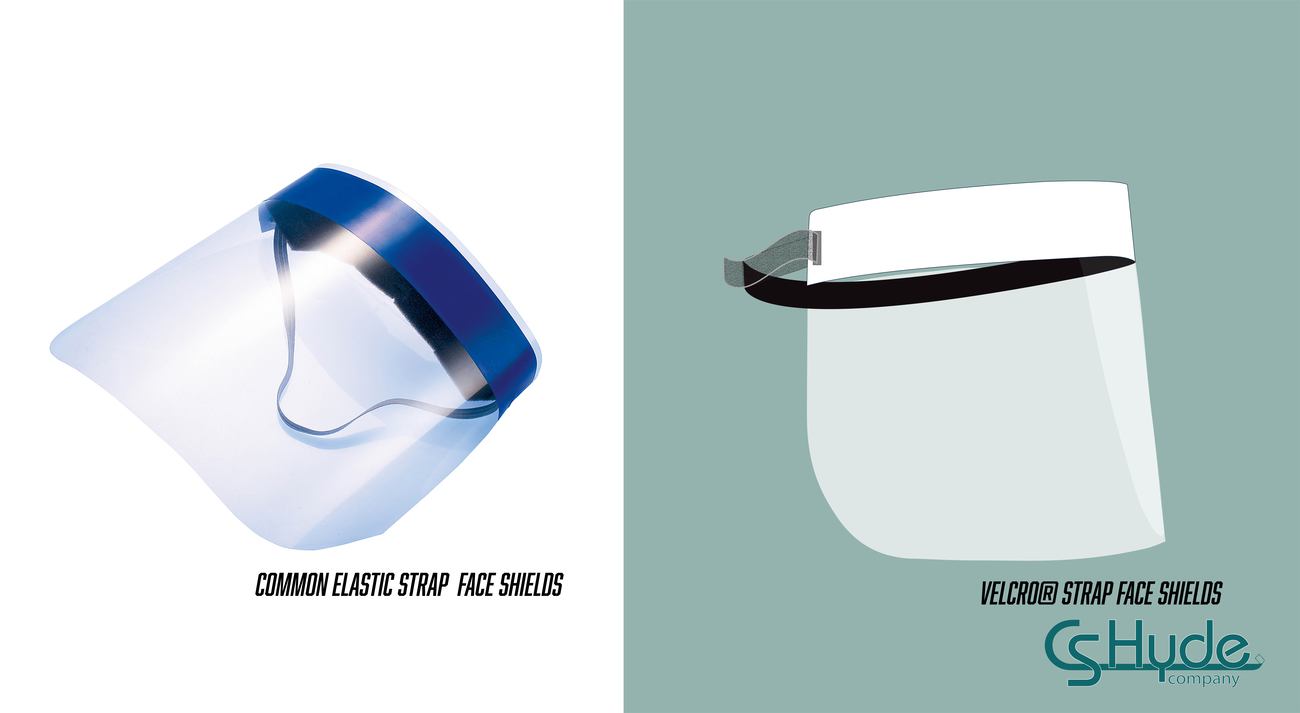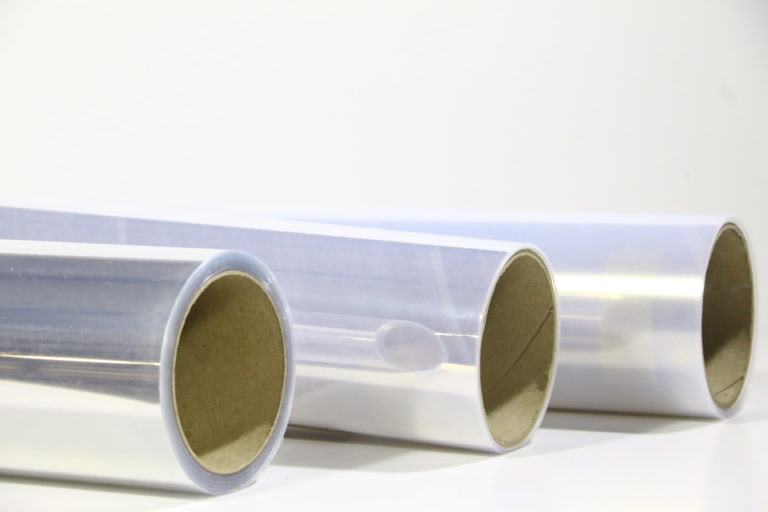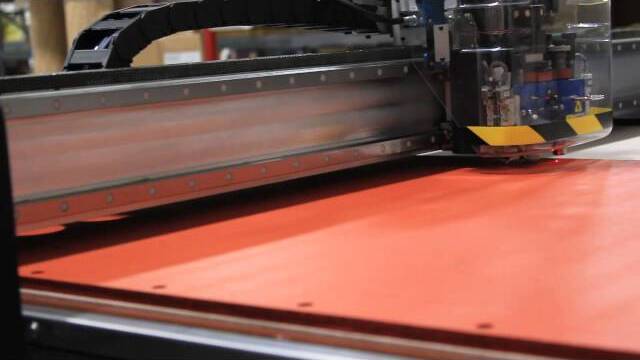Due to the current pandemic clear performance plastics are in high demand for use in the production of clear plastic face shields or Sneeze Guards. In the beginning these face shields were being produced for nurses and doctors on the front line, to provide any extra layer of protection over their face mask. In concept, these face shields are worn to prevent individuals from touching their face and provide a moisture resistant barrier from airborne particles. In response to the unforeseen future many more industries could be implementing these face shields as a uniform requirement. For instance, dentistry, food packaging, food service, mail carriers, child care centers, or any job or service that requires point of purchase situations or jobs that cannot be done at a social distance. Contact sports like football or lacrosse could also be soon implementing these protective face shields. Below is a guide for material tips and technologies used to manufacture clear plastic face shields and sneeze guards.
What materials is used to make face shield straps?
Many different companies and individuals have created their own face shield designs, utilizing different plastics and fabrics/fibers to construct their face shield headbands. Some designs have incorporated silicone foam to be utilized as a spacer that provides comfort and a space gap to create ventilation and prevent fogging. For strapping systems, some designs have incorporated stretchable elastic, similar to the kind used in your favorite pair of sweatpants. Other strap designs incorporate 3D Printed plastic frames or specialty die cut rigid plastics. More cost-effective designs do not use a strapping system and instead utilize special cut outs in the clear plastic shields enabling them to be attached to either normal eyewear (glasses) or headwear (hats).
CS Hyde recommend’ s using Velcro® One-Wrap® straps. Velcro® is conformable, extremely durable, and reusable. Utilizing Velcro®’s hook and loop technology the straps can be placed on each side of the shield and fastened by stitching or a type of riveting system. A faster process would be to create a slit in each side of the shield and run the Velcro® through each of the holes, making sure hook surface is on the outside. This process would create a buckle around the rectangular piece of plastic where the slit was created, the excess hook straps could be tightened around your head and then fastened down onto the loop surface. For example, imagine the Velcro® strap shoes we had to wear before we knew how to tie our shoes. Incorporating Velcro® One-Wrap creates the same concept, securable and fully adjustable straps for your face shield design.
What clear plastics are used to produce face shields/Sneeze Guards?
Choosing the right plastic for face shields depends on cost, durability, and processability. For these type of face shields clarity and transparency is a critical property requirement when identifying the right plastic. Most commonly face shields are produced from clear thermoplastic films including Polyester (PET), Polycarbonate (PC), or (PETG) in a thickness range from .007” to 030” or 7 mil. to 30 mil. (thousands of an inch). Each of these films have exceptional clarity, with only a couple factors setting them apart. Polyester is most chemical resistant, Polycarbonate is more abrasion resistant, and PETG is most cost effective. All these plastics have moisture resistance properties and can perform extremely well, so choosing the right plastic would depend on property specifics and budget costs related to your application.
CS Hyde supplies optically clear Polyester (PET), Polycarbonate (PC), and (PETG) films. Available in thickness ranges from .005” to 030” or 5 mil. to 30 mil. (thousands of an inch) depending on material. We can supply plastic films in slit to width rolls, sheets, or packs of custom cut face shields.
How are clear plastic face shields cut?
In terms of processability or fabrication Polyester (PET), Polycarbonate (PC), or (PETG) can be easily cut with a utility knife. CS Hyde does not recommend laser cutting these plastic films because of their low melting point and possibly of discolored edging and smoke fume generation requiring an extra step sanitation procedure. Other cutting methods include rotary die cutting and overhead die cutting. These methods require a custom tool or mold to be made according to dimensions. Although rotary die cutting and overhead press die cutting can be a precise, fast method for production, there may be longer lead times and extra cost associated with manufactures who do not have in house tooling capabilities.
CS Hyde recommends digital knife cutting for mass producing face shields cut from clear plastic films. This type of cutting does not require special tooling and only requires a .DXF drawing (CAD data file format). This process utilizes an automated pneumatic knife/punch driven system that will cut the face shields according to specs replicated from the .dxf drawing. Digital Knife cutting creates smooth radius edges and precise punched holes. Minimal waste is also a benefit, due to the machines automatic nesting program. The nesting software enables the machine to maximize material usage by minimizing the outer matrix. Digital knife cutting is a cost-effective cutting method that produces quality finished products in short turnaround times. CS Hyde provides digital knife cutting in house at our Midwest Illinois facility. If interested in digital knife cutting or custom cut face shields, send us your drawing in .pdf format to sales@cshyde.



